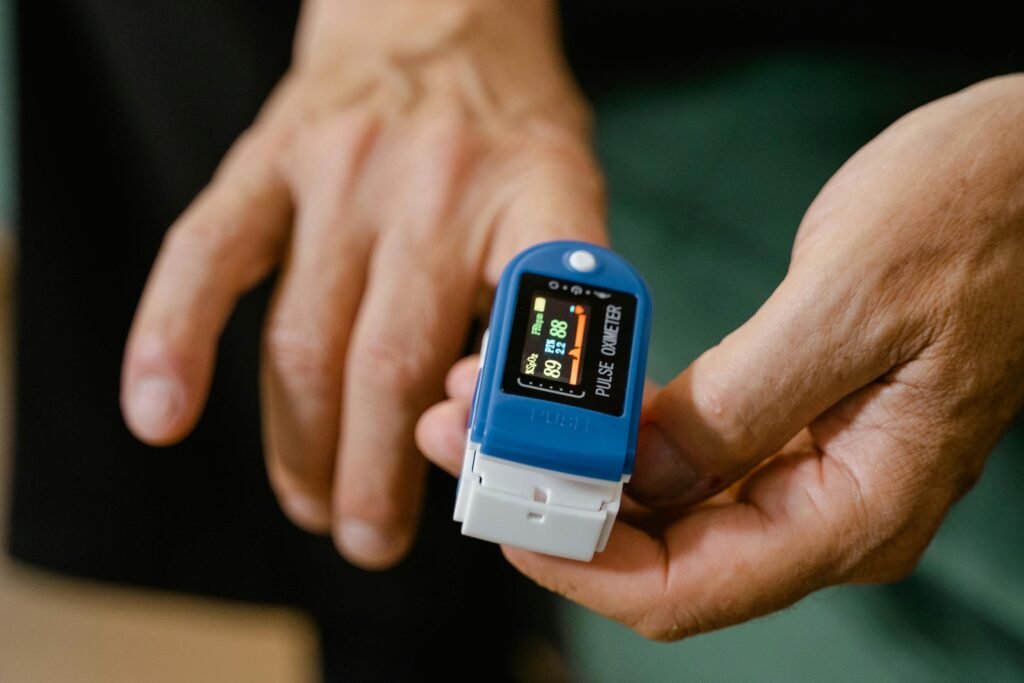What Makes a Great POTS Tracking App in 2025?
POTS Symptoms Tracking Apps 2025 have evolved to deliver highly personalized, data-driven support for individuals managing postural orthostatic tachycardia syndrome. These tools help users track key metrics, identify symptom patterns, and communicate more effectively with healthcare providers—all while leveraging advanced features like heart rate monitoring, wearable integration, and custom symptom journaling.
For those living with dysautonomia, especially POTS, the right tracking app is more than convenience—it’s a vital part of daily health management and long-term care planning.
The newest generation of POTS apps has grown beyond basic note-taking. Many now offer integrated heart rate monitoring, hydration tracking, and orthostatic symptom logging that syncs directly with wearables and health records.
Key features that define the best apps include:
- Real-time heart rate tracking with standing/sitting comparisons
- Blood pressure logging and pattern recognition
- Custom symptom journals for brain fog, fatigue, dizziness, GI discomfort, and more
- Medication reminders and supplement check-ins
- Hydration, salt intake, and nutrition logs
- AI-based trend analysis that helps predict symptom flare-ups
- Integration with Apple Health, Google Fit, or Garmin Connect
- HIPAA-compliant data sharing with physicians
Apps in 2025 not only collect health data—they translate it into insight.
How Tracking Apps Help Manage Postural Orthostatic Tachycardia Syndrome
Living with POTS means managing a constellation of shifting symptoms, from tachycardia and lightheadedness to gastrointestinal issues and temperature regulation problems. Logging these fluctuations daily helps connect the dots between lifestyle, environment, and flare-ups.
Tracking apps can support:
- Early detection of symptom patterns triggered by sleep loss, stress, diet, or heat
- Sharing concrete data with doctors during telehealth visits or in-person checkups
- Monitoring response to treatments like beta blockers, compression therapy, or IV fluids
- Guiding pacing strategies to avoid overexertion
- Supporting disability accommodations with validated health records
Ultimately, a well-designed POTS tracker provides a sense of control in a condition where unpredictability often rules.

Wearables and Integration in Modern POTS Management
In 2025, most tracking apps sync seamlessly with wearable devices, turning passive biometrics into proactive health tools.
Key integrations include:
- Chest straps and wrist monitors for heart rate
- Smart rings and watches for sleep tracking and HRV
- Scales with body composition analysis to support nutrition
- Reminders through mobile and wearable notifications for fluid, salt, or posture changes
Real-time alerts based on thresholds (like heart rate exceeding 120 bpm upon standing) can prompt users to take breaks, hydrate, or lie down—preventing a minor episode from becoming a full collapse.
Customization and Accessibility in Symptom Tracking Apps
Personalization is essential, as no two POTS patients are the same. In 2025, top-tier tracking apps offer:
- Symptom severity sliders and visual scales
- Speech-to-text journal entries for low-energy days
- Dark mode, large text, and color coding for cognitive accessibility
- Daily pacing check-ins with rating systems for fatigue and exertion tolerance
- Custom reminders tailored to user goals—whether it’s medication, salt, or mobility breaks
These features help users stay engaged with their tracking routines, even on the most difficult days.
Clinical Relevance of Digital Symptom Logs
Physicians increasingly rely on app data to inform diagnosis and treatment changes. Consistent tracking can lead to:
- More targeted referrals (e.g. electrophysiology, neurology, cardiology)
- Adjusted treatment plans for medication, volume expansion, or autonomic rehab
- Proof of disability for employers, insurance, or academic accommodations
- Differentiation between subtypes of POTS or overlapping conditions like ME/CFS
Some clinics even request app export reports in advance of telemedicine appointments, making your logs a front-line diagnostic tool.
Frequently Asked Questions
Do I need a wearable device to track POTS symptoms effectively?
No, but a wearable enhances heart rate and movement tracking; manual logging alone can still offer valuable insights.
Are POTS tracking apps covered by insurance?
Most are not, but some clinics recommend specific apps that offer trial access or discounts for patients under care.
What symptoms should I track for POTS?
Heart rate, standing tolerance, fatigue, brain fog, hydration, dizziness, sleep quality, and GI issues are commonly tracked.
Can apps help distinguish between POTS and anxiety?
They can show patterns in vitals and symptoms, which may clarify whether responses are autonomic or emotionally driven.
Is app-tracked data accepted by doctors?
Yes—especially if consistent, time-stamped, and paired with symptom notes. It’s most effective when integrated with clinical discussions.
How often should I log symptoms?
Daily logging is ideal, but even short notes a few times a week can highlight patterns over time.
Are these apps secure for sharing health data?
Top-tier apps in 2025 are HIPAA-compliant or follow equivalent data protection standards; always check before uploading personal data.
Can I export or print my symptom history?
Most apps allow export as PDF, CSV, or via doctor-sharing portals—great for appointments or tracking long-term changes.
What if I get overwhelmed by constant tracking?
Choose minimalist features or use symptom streaks to track only flare days—tracking should help, not stress.
Do any apps remind me to stay hydrated or rest?
Yes, most have customizable reminders for fluid, salt, medications, posture changes, and movement pacing.
Effective Relaxation Strategies for Managing POTS Symptoms
Finding Calm Amid POTS Challenges Postural Orthostatic Tachycardia Syndrome (POTS) can be unpredictable, often causing dizziness, fatigue, and heart rate fluctuations. Developing effective POTS symptom management strategies through relaxation techniques...
Final Thoughts
POTS symptoms tracking apps in 2025 have become essential allies for those navigating autonomic dysfunction. By combining biometric precision with intuitive interfaces, they support more accurate diagnoses, personalized treatment plans, and better communication with healthcare providers.
From heart rate trends to hydration habits, these tools turn daily chaos into actionable clarity—giving users more agency over their health journey. Whether you’re newly diagnosed or fine-tuning your management strategy, the right POTS tracker can make a world of difference in understanding and living with your condition.




